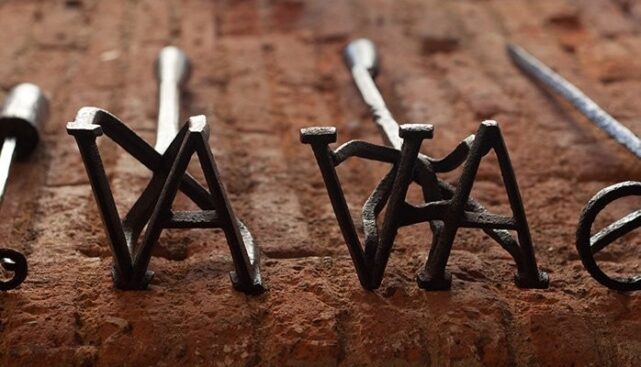How can a rebrand help your business? 5 reasons why…
In my experience, there are five main reasons why businesses rebrand. You may be considering such an exercise now or in the near future and I hope to give a little guidance with some real examples.

Before we consider the ‘whys’, let’s take a step back and look at the definition of a brand. A brand is so much more than just a name, logo or motif. Put simply, your brand is what your clients and prospects think of when they hear your brand name – both visual, and emotional.
A rebranding exercise involves taking an in-depth look at: your products/services, your marketplace, your unique selling point, your competitors, your brand attributes and the emotional benefit customers experience through your brand.
How can a rebrand help your business?
A good brand can help a business reach more of the right customers, charge higher prices and ensure a more consistent flow of business. A good brand can also attract the right staff and partners, give a business more credibility and help demonstrate leadership. This all sounds great right but how is this achieved? The key is to work with an agency that has a good track record in developing brands.
When is it the right time to re-invest in your brand?
In the early years budgets can be tight. When businesses grow they have the opportunity to reinvest their profit in reviewing the strength and impact of their brand, and boost their position in the marketplace.
Businesses commonly invest in a rebrand when:
- They realise that their original branding now looks dated and/or poorly designed and they want to project a more professional image.
- They’ve diversified and expanded and their business name no longer reflects the products or services they offer.
- They have merged with another company and it’s of benefit to reflect this partnership in their brand identity.
- The business has suffered some brand damage or their name/identity is similar to another of ill repute and they wish to relaunch or reposition their business.
- There is some confusion about what their business actually does on first glance.
Examples of rebranding successes and failures
Encapsulating a company’s goals, message, and culture into one brand is no mean feat. To truly achieve an outstanding brand that reflects every aspect of a business takes the skills of an experienced brand specialist.
Let’s look at logo redesigns. Your logo is not your brand, nor is it your identity. Logo design, brand identity design and branding all have different roles to play but collectively, they form a perceived image of a business, product or service. If you are interested in this definition then read more on it here.
Here are some examples of companies who have revived their fortunes by reinvesting in their brand:
Rather than one sudden rebrand Google has evolved over its lifetime. The latest iteration of the logo is designed to be legible on the tiniest of digital devices, whilst at the same time maintaining established brand attributes with a simple, uncluttered, colourful and friendly logo.
Brunel Shipping
Sometimes it’s more beneficial for a business to refine its brand rather than starting from scratch. Brunel Shipping have nearly 30 years in business. Completely reinventing their logo would risk losing recognition and consistency. At Touchpoint, we took the approach that the logo needed to be brought up to do date, redrawn to reflect their professional approach to business and to improve legibility when used across print and digital media.
Science Council
The original logo for the Science Council was developed before the organisation had matured. Now out of their infancy, we advised them to create a new logo which represented their brand attributes – Inclusive, Balanced, Positive, and Collaborative. The typography and colour of the original brand identity looked more to the past than the future so we selected a modern typeface and a bright and bold colour palette which was fresh, modern and accessible. Read more about this rebrand here.
BP
Not all rebrands are a success. BP replaced a strong logo that had been with their company for around 70 years and replaced it with their current logo design. They sought to project a soft more environmental image, however, a change of this nature must be authentic and compelling. Environmentalists were not convinced and the change generated a lot of bad press. Ten years after the launch of the new logo, BP were responsible for what is considered the largest marine oil spill in the history of the petroleum industry – proving that you must live by your brand messages or suffer the consequences.
There is no need to fix what isn’t broken, you risk losing customers and followers. Rebrand for the right reasons and not just to stir things up.
Once you’ve been through the rigorous process of branding and you’re happy with your key brand messages and visual identity, don’t forget to do two things.
- Live and breathe your brand within the business, and externally.
- Be consistent and constant in the execution of your brand messages.








